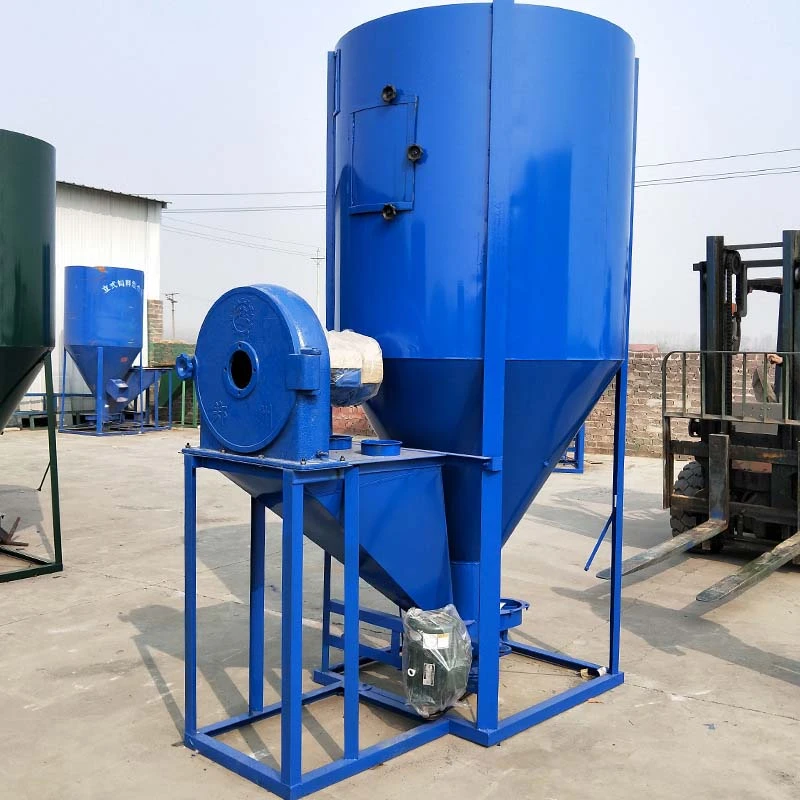cooling pads for evaporative coolers
Nov . 08, 2024 17:39 Back to list
cooling pads for evaporative coolers
The Importance of Cooling Pads for Evaporative Coolers
Evaporative coolers, commonly referred to as swamp coolers, are popular cooling solutions particularly in arid and dry climates. Unlike conventional air conditioning systems that rely on refrigerants and compressors, evaporative coolers operate on the principle of water evaporation to cool the air. Central to their efficiency is the use of cooling pads, which play a critical role in the cooling process. This article explores the significance of cooling pads, how they work, their types, and maintenance tips for optimal performance.
How Cooling Pads Work
Cooling pads are constructed from materials that promote maximum water absorption and air transfer. When warm air from the outside passes through these moist pads, the water evaporates, resulting in a drop in temperature. This cooled air is then circulated throughout the living space, providing relief from heat. The efficiency of an evaporative cooler is largely dependent on the quality and condition of its cooling pads; if they are damaged or clogged, the cooling capacity diminishes, leading to ineffective cooling.
Types of Cooling Pads
1. Cellulose Cooling Pads Made from specially treated cellulose fibers, these pads have a high evaporation capacity and longevity. They are designed to absorb moisture and retain it for longer periods, ensuring that the air passing through remains cool and refreshing. Cellulose pads are one of the most commonly used types due to their effectiveness and durability.
2. Plastic Cooling Pads Generally made from PVC or other synthetic materials, plastic cooling pads are lightweight and resistant to mold and mildew. While they may not have the same water retention capacity as cellulose pads, they are easier to clean and maintain. As a result, they are often chosen for smaller evaporative cooler units.
3. Aluminum Cooling Pads These pads are made from thin aluminum sheets that have a corrugated design to facilitate airflow. Although not as common as cellulose or plastic pads, they are used in certain industrial evaporative coolers due to their excellent heat exchange properties.
Selecting the Right Cooling Pad
When selecting cooling pads for your evaporative cooler, several factors should be considered
- Size Ensure that the cooling pads fit the dimensions of your cooler
. Ill-fitting pads can obstruct airflow and severely impair performance.cooling pads for evaporative coolers

- Thickness Thicker pads can retain more water and provide better cooling. However, they may also require more maintenance as they are more prone to mold if not properly managed.
- Material Consider the climate and intended use when choosing between cellulose, plastic, or aluminum pads. For drier climates, cellulose pads may be ideal, while plastic pads might be better for humid environments due to their resistance to mold.
Maintenance Tips for Cooling Pads
Regular maintenance of cooling pads is essential to ensure the efficiency of your evaporative cooler. Here are some tips
1. Routine Cleaning Periodically rinse the pads with clean water to remove dust, dirt, and mineral buildup. This buildup can inhibit their ability to absorb moisture and cool the air.
2. Inspect for Wear and Tear Regularly check the pads for signs of damage or deterioration, such as fraying or cracking. Worn pads should be replaced promptly to maintain cooling efficiency.
3. Seasonal Replacement It is advisable to replace the cooling pads at the beginning of each cooling season. This ensures that they are in optimal condition and ready to deliver effective cooling when needed.
4. Moisture Levels Monitor the water levels in the evaporative cooler to ensure that the pads remain adequately saturated. Insufficient water can lead to overheating and reduced cooling efficiency.
Conclusion
Cooling pads are a fundamental component of evaporative coolers, directly impacting their performance and efficiency. By understanding the types of pads available, selecting the right one for your needs, and maintaining them properly, you can maximize the cooling benefits of your evaporative cooling system. As summer temperatures rise, ensuring that your cooler operates at peak efficiency could mean the difference between comfort and discomfort in your home.
-
Automatic Feeding Line System-Pan Feeder Nipple Drinker|Anping County Yize Metal Products Co., Ltd.
NewsJul.29,2025
-
Hot Sale 24 & 18 Door Rabbit Cages - Premium Breeding Solutions
NewsJul.25,2025
-
Automatic Feeding Line System Pan Feeder Nipple Drinker - Anping County Yize Metal Products Co., Ltd.
NewsJul.21,2025
-
Automatic Feeding Line System Pan Feeder Nipple Drinker - Anping County Yize Metal Products Co., Ltd.
NewsJul.21,2025
-
Automatic Feeding Line System - Anping Yize | Precision & Nipple
NewsJul.21,2025
-
Automatic Feeding Line System - Anping Yize | Precision & Nipple
NewsJul.21,2025






